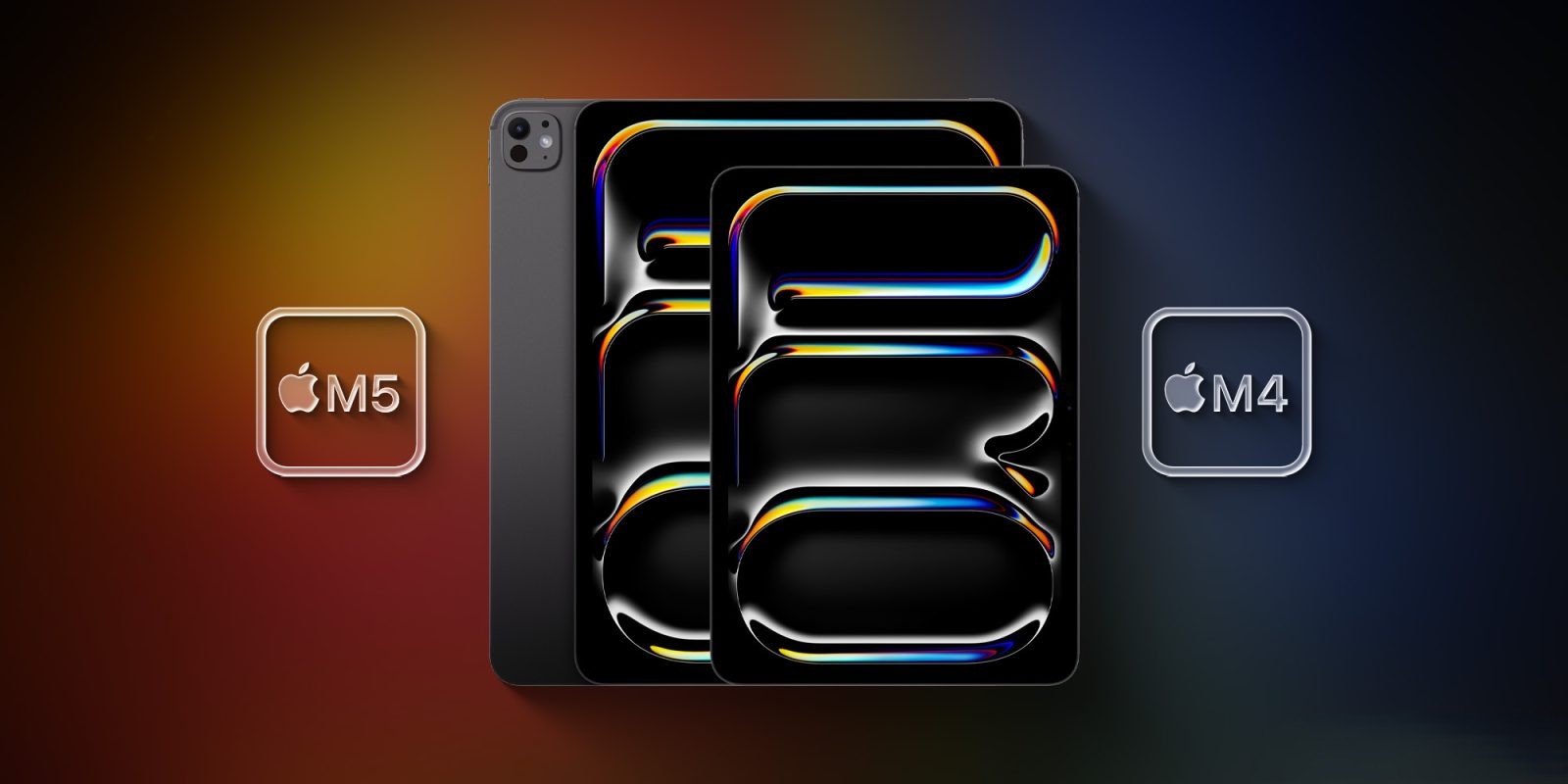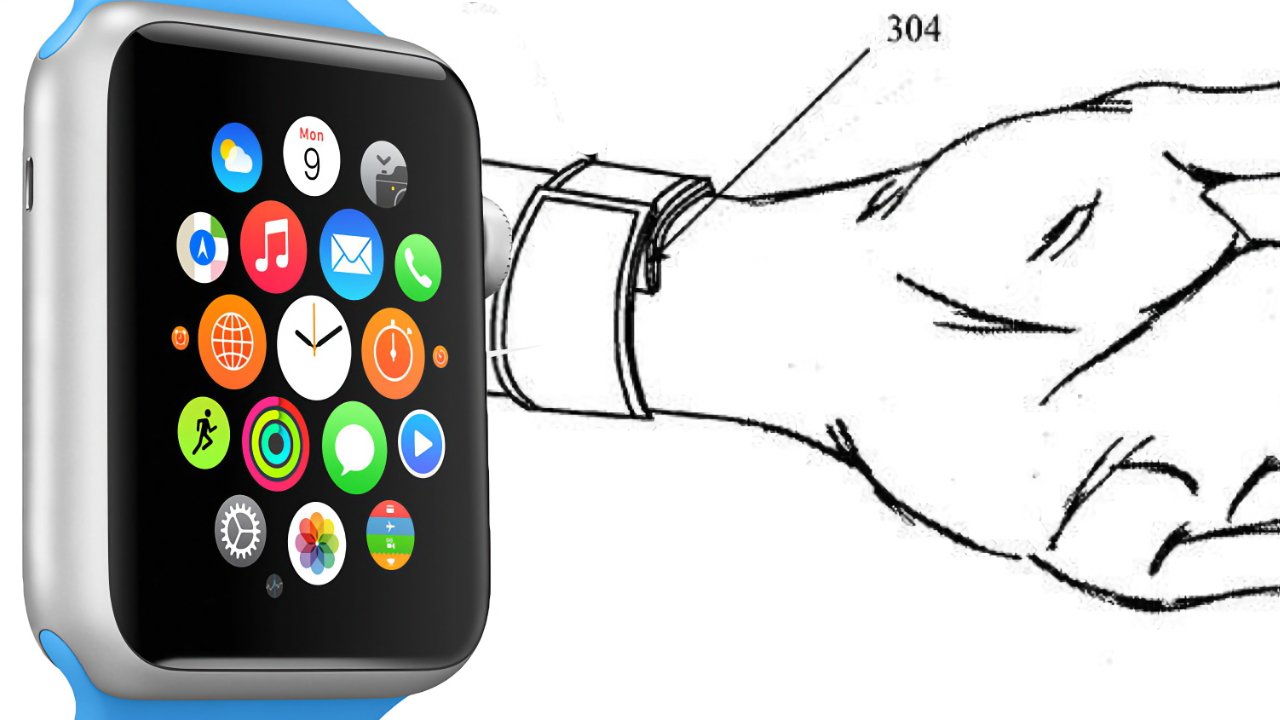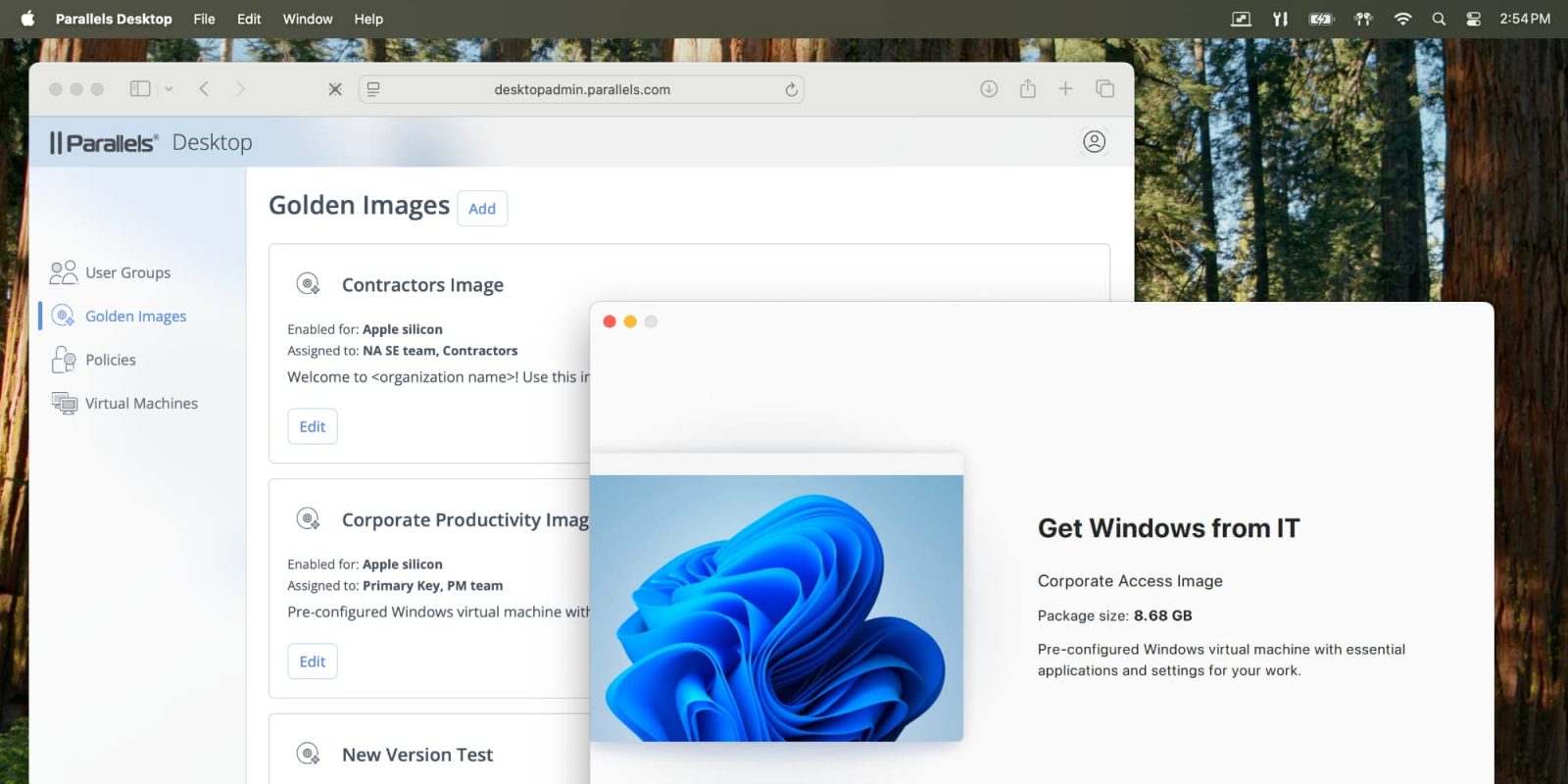Apple has recently unveiled the M5 iPad Pro, now available for pre-order and set to ship next week. This latest iteration introduces several enhancements over its predecessor, the M4 iPad Pro. This article provides an in-depth comparison of the two models, highlighting the key upgrades and features of the M5 iPad Pro.
Introduction of the M5 Chip
At the heart of the new iPad Pro is Apple’s next-generation M5 chip. This chip brings significant improvements, particularly in graphics processing and artificial intelligence (AI) capabilities. The M5’s GPU now includes Neural Accelerators, similar to those found in the iPhone 17’s A19 chip, enabling GPU-based AI tasks to achieve up to four times the peak performance of the M4 chip. While the CPU also sees enhancements, with leaked benchmarks indicating approximately a 15% speed increase, the most notable advancements are in the GPU’s performance.
The M5 iPad Pro offers configurations with up to a 10-core CPU and 10-core GPU. However, it’s important to note that lower-cost models come with a 9-core CPU, missing one performance core. Additionally, the 16-core Neural Engine has been upgraded for faster processing, though specific performance metrics have not been disclosed.
Enhanced Memory and Storage Options
The M5 iPad Pro introduces significant upgrades in unified memory, especially for entry-level models:
– 256GB and 512GB Storage Models: Now equipped with 12GB of RAM, a 50% increase from the M4’s 8GB.
– 1TB and 2TB Storage Models: Continue to offer 16GB of RAM, consistent with their M4 counterparts.
Apple reports that the memory bandwidth has increased by nearly 30%, now exceeding 150GB/s. This enhancement facilitates smoother multitasking, faster AI model processing, and improved performance in demanding applications. The new iPad Pro also boasts up to twice the storage read and write speeds compared to the previous generation. These improvements are particularly beneficial for iPadOS 26’s windowing system, providing a more seamless multitasking experience.
Introduction of Fast Charging
For the first time, the M5 iPad Pro supports fast charging capabilities. According to Apple’s specifications, users can achieve up to a 50% charge in just 35 minutes when using the 40W Dynamic Power Adapter with 60W Max or other USB-C power adapters capable of providing 60W or higher. This feature was absent in the M4 iPad Pro and earlier models. The 40W Dynamic Power Adapter with 60W Max is available for purchase separately and also offers optimal fast charging for iPhone 17 and iPhone Air models.
Integration of the C1X 5G Modem
The M5 iPad Pro is among the first Apple devices to incorporate the new C1X 5G modem, following its debut in the iPhone Air. Apple claims that the C1X modem delivers up to 50% faster cellular data performance compared to its predecessor, coupled with enhanced efficiency. This advancement is particularly advantageous for users who rely heavily on cellular connectivity, as it not only boosts data speeds but also contributes to improved battery life. For active cellular users, the M5 iPad Pro offers up to 30% less power usage than the M4 model, although official battery life estimates remain unchanged at up to 10 hours of web surfing on Wi-Fi or watching video, and up to 9 hours using a cellular data network.
Inclusion of the N1 Wireless Chip
The M5 iPad Pro is equipped with Apple’s new N1 wireless chip, which first appeared in the iPhone 17 lineup. The N1 chip enables support for Wi-Fi 7, an upgrade from the M4 iPad Pro’s Wi-Fi 6E. It also features Bluetooth 6 (up from 5.3) and Thread support. Apple states that the N1 chip enhances performance when connected to 5GHz networks and improves the overall reliability of features like Personal Hotspot and AirDrop.
Support for 120Hz External Displays
A notable addition to the M5 iPad Pro is its ability to drive external displays at up to 120Hz. This feature is particularly beneficial for creative workflows such as video editing and gaming. For users with a 120Hz external display, the iPad Pro also introduces support for Adaptive Sync, which minimizes latency in external display performance, resulting in smoother motion and fewer perceived glitches. This enhancement is especially useful for low-latency applications like gaming.
Consistent Features with the M4 iPad Pro
While the M5 iPad Pro introduces several new features, many aspects remain consistent with the M4 model:
– Design and Dimensions: The M5 iPad Pro retains the same 11-inch and 13-inch sizes with identical dimensions.
– Display: Both models feature the Ultra Retina XDR display.
– Camera System: Despite rumors of a second front-facing camera, both the M5 and M4 iPad Pros have the same camera setups.
– Pricing: The starting prices remain unchanged, with the 11-inch model at $999 and the 13-inch model at $1,299.
– Accessories: The Apple Pencil and Magic Keyboard accessories remain compatible and unchanged.
Conclusion
The M5 iPad Pro brings several noteworthy enhancements over the M4 model, including the powerful M5 chip with improved GPU and AI capabilities, increased RAM and memory bandwidth, fast charging support, the advanced C1X 5G modem, the N1 wireless chip with Wi-Fi 7 support, and the ability to drive 120Hz external displays. These upgrades make the M5 iPad Pro a compelling choice for users seeking cutting-edge performance and features in a tablet.



